The new Italian restaurant that Mount Eliza locals can’t stop talking about – with good reason
Dani Valent reviews Bau Bau, where regional Italian classics are reworked into elevated restaurant dishes, with impressive results.
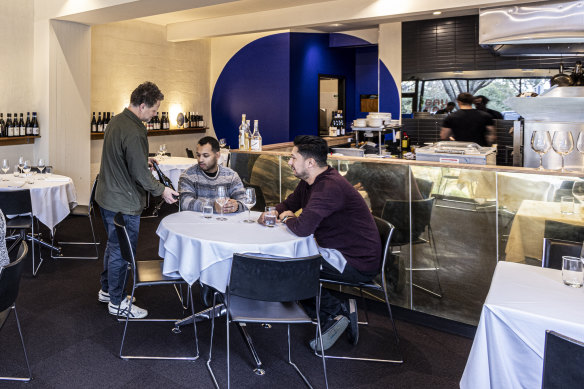
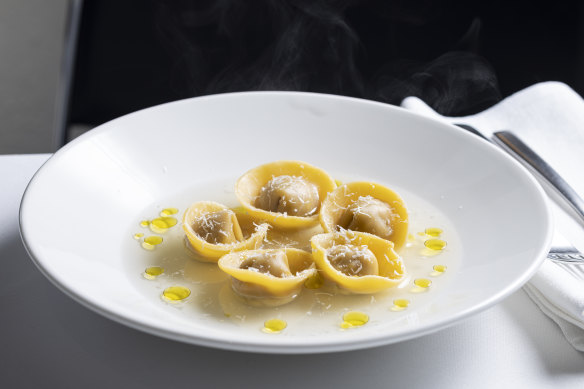
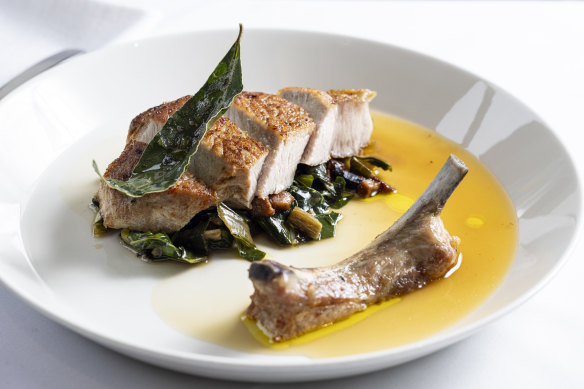
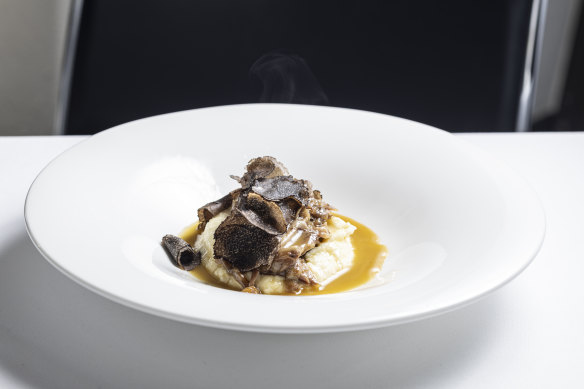
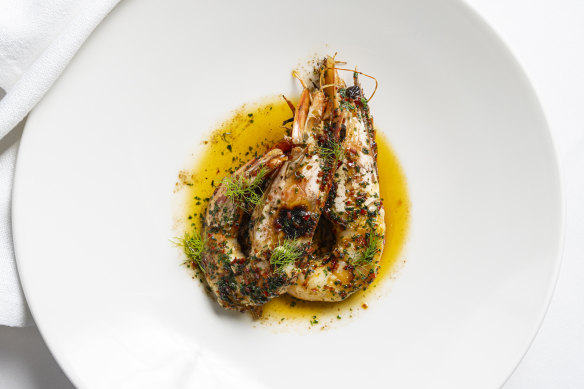
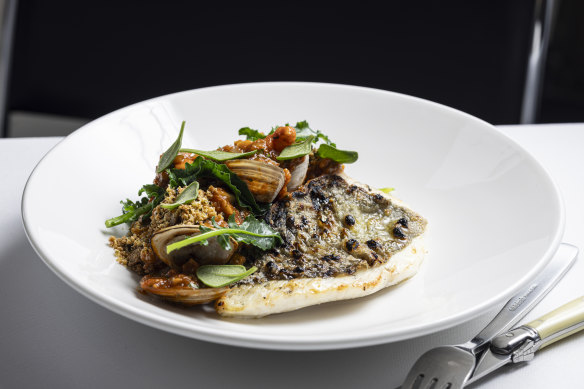

14.5/20
Italian$$$
Don’t tell Nonna, but there’s been a few changes. The Tuscan fish dish called cacciucco is no longer a frugal stew made with scraps from the fish market in Livorno. At Bau Bau, the new 30-seat Italian restaurant that Mount Eliza locals can’t stop talking about, the cacciucco is a careful composition of first-rate blue-eye cod, mussels, clams and firm, sweet prawn. Tradition decrees that the seafood be piled over garlic-rubbed bread and sloshed with tomato-rich broth.
Not at Bau Bau, which, by the way, has nothing to do with “bao” dumplings but is Italian for “woof woof” (no, you can’t bring your dog). Here the premium seafood is dressed with a concentrated, tomato-tinged seafood sauce and punchy, Mornington Peninsula olive oil. It’s scattered with golden breadcrumbs and draped with a little throw blanket of erbette, a juicy chard. It may be Nonna’s dish but only if she’s in her Sunday best, trying to impress a visiting priest.

This lovely seafood main course speaks to the Bau Bau project: regional Italian classics reworked into elevated restaurant dishes. This latest venture by James Langley, Mathew Guthrie and Clinton Trevisi along with Bau Bau head chef Dan Lidgard offers a fixed-price, three-course menu ($120), with four or five choices for each stanza. At lunch, you can scale back to two courses ($90). The menu
changes each fortnight, not only because it’s nice to give regulars new options but also because it reflects the abundance of fresh produce that comes from a market garden owned by Langley and Guthrie. The one-hectare patch, near Daylesford, is worked in a low-tillage, soil-nurturing fashion. It also supplies
vegetarian restaurant Patsy’s, near Queen Victoria Market, and Bistro Elba, a French restaurant in Sorrento, which are part of the same mini-restaurant group.
The veal shin, slow-cooked in sangiovese, is a combination of heady aromas and anchored, comfort-food flavours.
Bau Bau might take a surprise delivery of a huge crate of chestnuts (on the day in question, the whole team set to peeling them to make a delightful Monte Bianco pudding), crosnes on another (“What the hell are these?” asked Lidgard, referring to the little-seen Chinese tuber, which he served roasted alongside excellent house-made focaccia). Meanwhile, agretti, a Mediterranean succulent known as “monk’s beard”, turns up sautéed with garlic and tossed through pasta.

I liked Bau Bau as soon as I walked in. It felt intimate and confident, as though the experience was going to roll out like a rug – and so it did. Everything happens in one room: the kitchen is in one corner with 10 tables arranged around the L-shaped counter. A big circle in International Klein blue painted on the rear wall and a slanted front window make the restaurant feel groovy, like it’s wearing flares.
The floor is carpeted, keeping conversation and clatter to a comfortable hum.
Manager Amedeo Hassan works his domain with genial aplomb, pouring a glass
of primitivo from Puglia ($21) for plebs like me and rhapsodising about the
Barolo bottles ($295-$975) for those with deep pockets. There’s barely any storage, so the wine list is as dynamic as the food.

Hopefully, you’ll find veal shin on your menu. Slow-cooked in sangiovese, an Italian red, it’s served over white polenta with a shaving of truffles. Truffle needs
fat to awaken it: there’s plenty here in the stickiness of the meat and richness of the buttery corn. The dish is a compelling combination of heady aromas and
anchored, comfort-food flavours. In Bologna, tortellini in brodo is a Christmas dish of tiny pasta parcels in meaty broth. The version here is more practical, with
five large tortellini half-submerged in a startlingly clear and herbaceous chicken soup. The pasta is filled with ricotta and mortadella – prosciutto’s rogue
cousin – making it both light and richly porky. Want more pork on your fork? The free-range chop is served very simply over a chicken reduction and fiolaro, a broccoli green. It’s so tasty, I fought my friend for the bone.

We’re back into Tuscan-grandmother territory for dessert. Torta della nonna is usually a custard tart scattered with pine nuts. At Bau Bau, the pine nuts are
part of a caramel layer between the pastry and the vanilla custard filling. The concept is good but the presentation is a bit awkward, with a saucer-sized tart cut in half to create one serve. I’m not sure why you wouldn’t bake a smaller tart and serve the whole thing. The eating erased my quibbles. The short, crumbly pastry, the toasty bite of the caramel and the luscious creaminess of the custard create a dessert that should surely take a bau-bau to rapturous applause.
The low-down
Vibe: Confident, elevated Italian
Go-to dish: Tortellini in brodo (as part of a fixed-price menu)
Drinks: A jaunty and succinct list of Italian varietals, mostly organic, including a page of “cari and rari” (beloved and rare) special bottles
Cost: $90 or $120 per person, excluding drinks
This review was originally published in Good Weekend magazine
Continue this series
Your August hit list: The hot, new and just-reviewed places to check out, right nowUp next
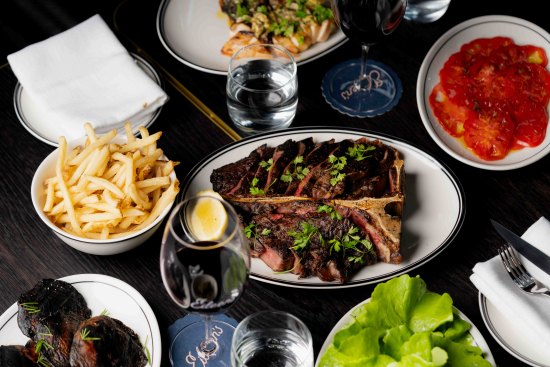
Six openings to gee you up for a Geelong trip (and a hatted bistro to visit before it closes)
Including a charcoal-powered steakhouse and a basement bar with house-party vibes.
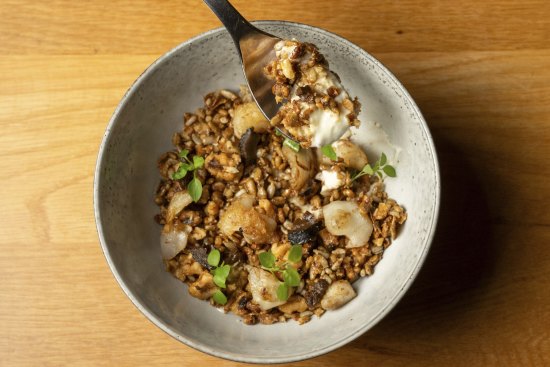
‘I’m still marvelling’: The Geelong restaurant dish our critic can’t stop thinking about
Eleven-year-old Tulip looks casual, even unremarkable. But passionate new owners are helping it blossom.
Previous
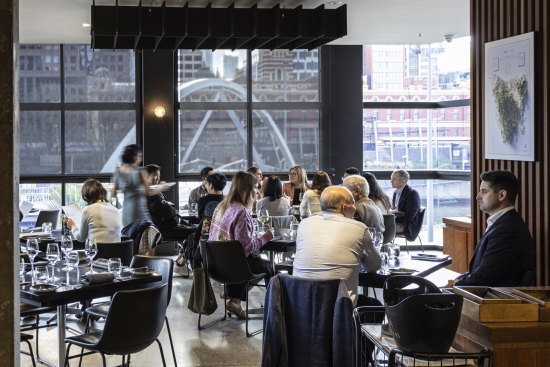
This 20-year-old restaurant showcases Tassie, but its riverside setting is pure Melbourne
Pure South has matured into a great Melbourne restaurant: committed, consistent, creative and, in the right light, prone to making a person emotional.
